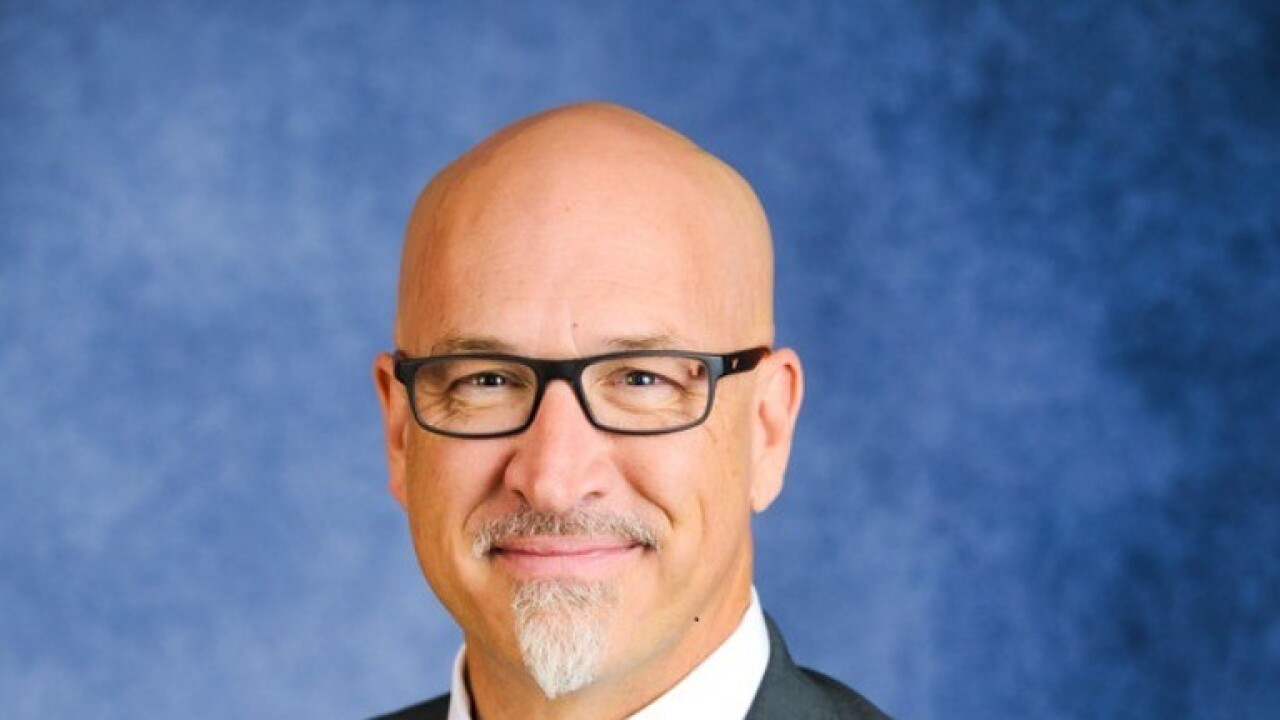As they begin to enter the workforce, Gen Z is prime for disrupting.
These young workers, who were born 1994 or later, have a completely different approach to diversity, communication, technology and benefits preferences than the previous generations, and will expect their companies to keep up with their needs, said Jim Link, chief human resources officer at Randstad North America, a recruitment and employment agency for temporary and permanent staffing.
“They’re going to be welcoming us into a whole new world of the workforce,” he said Monday at Employee Benefit News’ Benefits Forum & Expo in Boca Raton, Fla.
Younger employees, for the first time, care more about workplace flexibility than healthcare benefits, he said, which means the benefit will become all the more important. They also will likely push continuation of student loan repayment benefits; both millennials and Gen Z are concerned by loans, particularly because college tuition has increased by more than 1,000%, Link said.

These young workers, who have just begun entering the workforce, tend to record all their interactions through social media platform. That will mean that companies will need to take on a similar approach through attraction and
Very few employers leverage platforms like YouTube to produce, record and publish videos that give a prospective employee a look at what it’s like to work at that company, although Link said that type of strategy would work well for Gen Z.
See also:
Link also noted that Gen Z workers, along with millennials,
Similarly, Gen Z will take a different approach toward diversity.
Coworkers and managers aren’t female or tall, he said; rather, coworkers are ambitious, brainy and motivated — descriptors that disregard gender, age, looks, race and sexuality. Link noted that the next generations entering the workforce will shift the demographics to a majority of Hispanic workers, rather than a majority of Caucasian workers.





